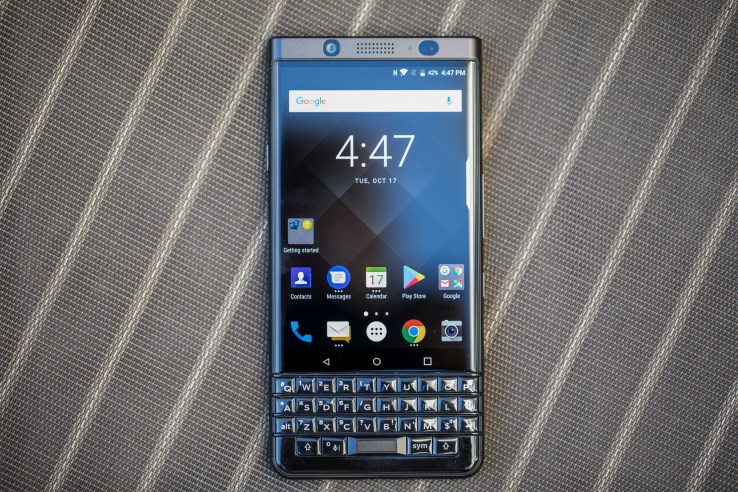Blackberry Small Business Edition Exchange
Many small businesses start with consumer BlackBerrys, and it’s easy enough to hook the cloud-based BlackBerry Internet Service to an IMAP4 or POP3-capable mail server. If there’s an Exchange server in the picture, you can even hook BIS up to an Outlook Web Access page. BIS is fine for consumer mail, or for small amounts of mail – but it falls down when you want to work with more complex mailboxes with lots of folders, plus users will have to synchronise their calendar and contacts manually using the BlackBerry Desktop Software. It also means the business is relying on a cloud service with consumer SLAs, not the business-class service your clients expect. That’s where BlackBerry Enterprise Server comes in. It’s a tool for connecting your clients’ networks up to RIM’s secure network, piping mail straight from an Exchange (or Notes or GroupWise) server straight into a BlackBerry. RIM was one of the first companies to succeed with push email, and it’s made it a key piece of its strategy.

Data breaches and cybersecurity threats are some of the biggest roadblocks to realizing the potential of the Enterprise of Things. Business information. Nov 23, 2009 So Back in the day (a year ago) Blackberry used to offer a version of BES that had a artificial 15 user cap and included one CAL for. Installing and configuring the Blackberry Enterprise Server (BES) with. Setting up Blackberry Enterprise Server BES. Totalview Debugger Crack/ Download 32&64 Bit Version. Small Business Server 2003 to Exchange.
Once a BES is in place, it will just sit there, handing mail over to devices – as well as giving you the tools to manage a small fleet of BlackBerrys. Setting up BES isn’t that easy. It’s a complex piece of software, which needs to interact with a Windows network at a very deep level.
You’re not just installing software: you’re creating new users that need administrator-level access to your email server. With so much at stake, it’s important to take care at each step of the process – which differs for different versions of Windows Server and Exchange.
Ms Office 2003 Cracked there. You’ll also need to set up a new server, with at least 2GB of RAM to host BES, as its software that’s best hosted on its own. A BES server doesn’t need to be big; for a small business a low-end Xeon or an AMD Athlon server with 2GB of RAM is sufficient. It’s important to note that the current version of BES doesn’t install on Windows Server 2008, so you’ll need to work with Windows Server 2003 R2 or earlier. There is 64-bit support, so you can take advantage of the full capabilities of the latest hardware.
These instructions are for Exchange Server 2007 SP1 running on a 64-bit install of Windows Server 2003 R2, in a network with a Windows Server 2008 domain controller: the steps are similar for Exchange Server 2003 though the there are some differences in how you create the BESAdmin user, because of the different way Exchange Server 2007 works with Active Directory. For smaller customers, consider the wizard-driven BlackBerry Professional Software, which can run on the existing email server and support up to 30 users. BES from scratch BES can be delivered in several different ways. You can get a CD from a reseller, or a download from RIM’s Web site. You’ll also need a set of product keys – BES needs not just CALs, but also a set of keys to handle its connection to RIM’s private network.
You’ll need to start the install over on the Exchange server. The first step is to create a new mailbox account for the default BES service BESAdmin account. You can do this using the Exchange Management Console wizard, which will create an Active Directory account for the BES service. Don’t forget to give it a password, as you’ll need to log on with the account to install BES. Once you’ve created the account, make it an Exchange administrator with view only rights. In the Exchange Management Shell use the following PowerShell command to set the role: add-exchangeadministrator “BESAdmin” –role ViewOnlyAdmin Check the user has the correct role using this PowerShell statement: get-exchangeadministrator Format-List You’ll next need to use PowerShell to give the BESAdmin account additional rights to send and receive mail as any user. Replace with the name of your server: get-mailboxserver add-adpermission –user “BESAdmin” –accessrights ExtendedRight –extendedrights Send-As, Receive-As, ms-Exch-Store-Admin Again check the result with some more PowerShell.